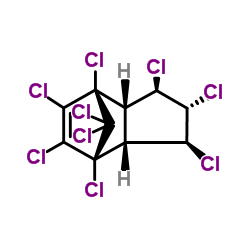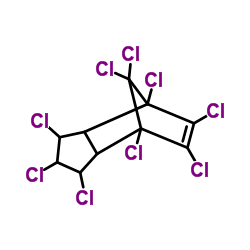| Structure | Name/CAS No. | Articles |
|---|---|---|
 |
trans-nonachlor
CAS:39765-80-5 |
|
 |
cis-Nonachlor
CAS:5103-73-1 |